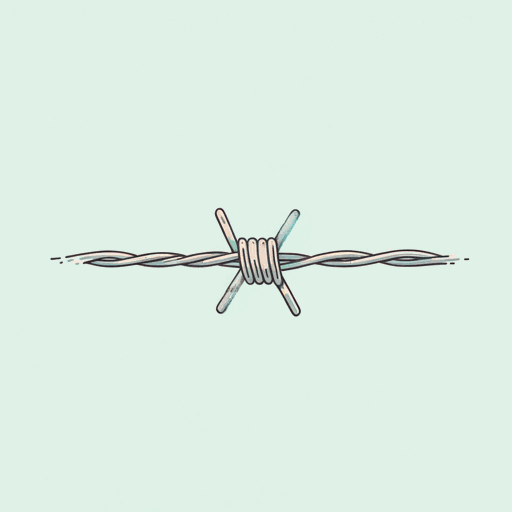35 pages • 1 hour read
George TakeiThey Called Us Enemy
Nonfiction | Graphic Novel/Book | Adult | Published in 2019A modern alternative to SparkNotes and CliffsNotes, SuperSummary offers high-quality Study Guides with detailed chapter summaries and analysis of major themes, characters, and more.
Symbols & Motifs
Fences
Many of the drawings depicting the camp highlight the barbed-wire fences in the foreground. George does not describe feeling confined very often in the story. However, when Takekuma tells the family that he is going to take them on a trip in the Jeep, George’s first reaction is to say, “Outside the fences?!” (92). He understands that, whatever imaginary games he might play to entertain himself inside the fences, he is not free.
When the family arrives at Camp Tule Lake, one of the first things George notes is that there are three layers of barbed wire instead of just one. Later in the book, the end of World War II signals the end of the fences and a return to life outside the camps. The fences assume a different meaning: They protect the people inside them from the uncertainty of what awaits them outside in postwar America.
Executive Order 9906
Executive Order 9906 is the bill that authorized the US government to divide America into military and nonmilitary zones. Its passage allowed soldiers to move Japanese American citizens into the internment camps. This order is the first example of anti-Japanese discrimination in the book that is codified into law. It represents state-mandated bias against those moved to the camps.

